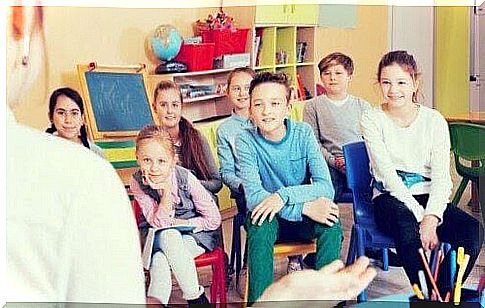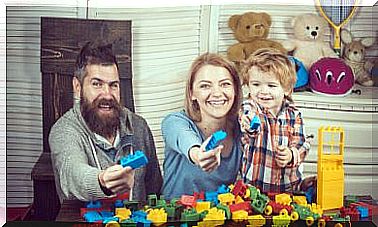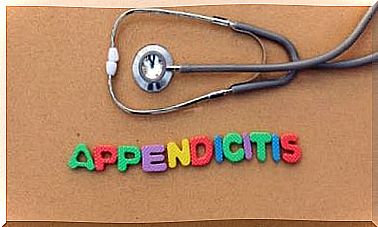Neuroeducation In The Classroom: What You Need To Know

Today we will talk about the relatively new concept of neuroeducation, or neuro-education. It ushers in a new wave of research that could revolutionize teaching. The question is, how can we apply neuroeducation in the classroom?
In recent years, the education system has been revolutionized, and the previously used methods have clearly become obsolete. Today there is an obvious need for change in how we teach and transfer knowledge in the classroom.
What is neuroeducation?
Neuro-education, after the English neuroeducation , is a subject that includes brain research and learning with the goal of optimizing the learning process.
This discipline aims to understand the brain (how it assimilates, decodes or remembers information) and apply this in teaching. Consequently, it helps teachers to develop better pedagogical methods.
People use an integrated process when they learn something where thought, feeling and action are inseparable in the learning process.
Neuroeducation is therefore about finding ways to deepen learning by understanding how the brain learns and adapting techniques in the classroom to achieve this.
Basic concepts in neuroeducation
- Brain plasticity. The way in which we absorb knowledge is not static. Our brains have a plasticity that enables us to shape and modify neural connections through continuous learning.
- Mirror neurons. These brain cells enable us to learn not only from our own experience but also by observing others. In addition, it is thanks to these cells that we develop empathy and acquire knowledge.

- The interplay between genetics and the environment. Our abilities and talents are determined by epigenetics. This is the combination of our genetic makeup, our environment and our experiences. This means that it is the basis for the type of work or knowledge that attracts us and what we are best at doing. In addition, our experiences shape and change the epigenetic background.
- Emotional learning. For a good internalization of information, students need more than just theoretical exposure of an idea. Then you learn content that evokes emotions in the person, which makes it easier to learn and the knowledge stays longer.
- Learning with meaning. To really understand something, you need to transfer it to the “real world” and experiment with it. You then discover what the information is really used for so that you can get involved on a practical level.
How to apply neuroeducation in the classroom?
It is very important that teachers learn more about the brain and how to optimize academic performance despite students’ different ways of learning.
Some of the key principles that characterize this approach are the following:
- Curiosity is essential for learning. It is important to instill enthusiasm and a desire to learn in the students, to challenge them and get them on the adventure to learn when they absorb information.
- Learning must be active. Students should not just be allowed to receive information in a passive way. They should be able to use the information and participate actively in the learning process.
- It is very important that learning also has an emotional and meaningful level.
- It is particularly relevant to teach via different channels, in a way that provides a lot of new information (in the communication channels) and some repetition of content. This helps the student to assimilate the knowledge.
What should the environment in the classroom look like?
The physical space of the classroom must be comfortable, well-organized and varied so that the children can better keep up with the teaching.
The classroom should also be decorated to be adaptable to each individual learning unit. Natural lighting should be used as much as possible.
Relaxing background music is also suitable during certain activities as it can calm anxious children.

How should educators behave?
Teachers must strive to promote a positive environment in the classroom, and should be empathetic and accessible to students.
It is very important to help children identify their emotions and deal with them. It is important that they learn not to react impulsively, but in a modified way that is appropriate even when they are upset or angry.
Students need constructive feedback. This means that it is not enough to just assign a number or a letter grade to a child. Children need more specific criticism and need to know how to improve and learn from their mistakes. In addition, the teacher must motivate the student by pointing out the things he or she did right.
Help your students create a good and healthy self-esteem so that they feel confirmed and validated. At all costs, avoid comparing them with other students.









